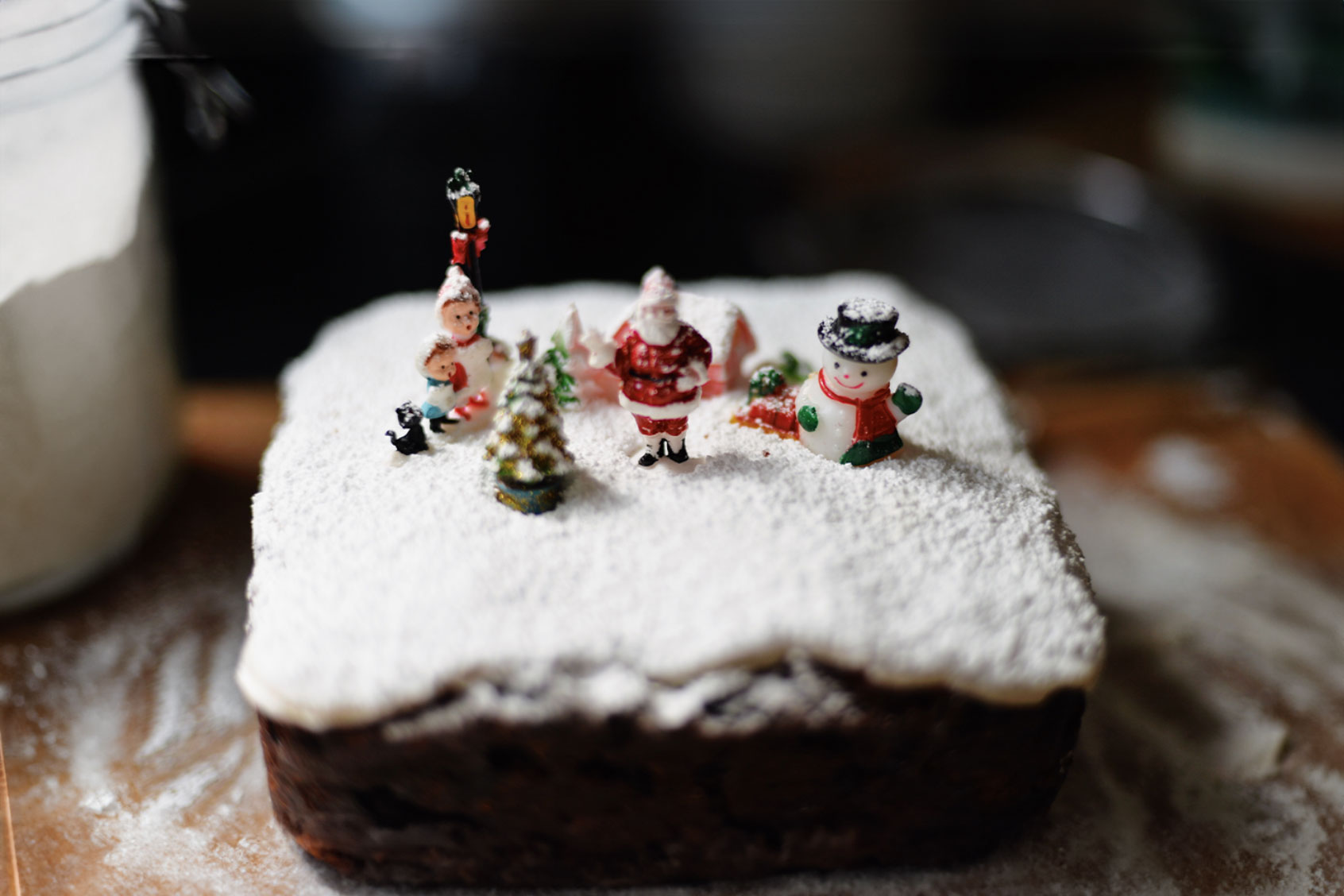The most expensive strawberry in Japan is the Bijin-hime or “Beautiful Princess,” which can sell for up to $500 per palm-sized fruit. Some sellers display each vibrant red berry in individual ring boxes, swaddled in a cloud-like poof of cotton candy pink felt, both to really underscore the luxury of such a purchase and to protect the soft, honeyed flesh from any bumps or bruises.
Even more commercial-grade strawberries sold in Japanese grocery stores, which tend to retail for a more reasonable $10 pack of nine berries, are distinct from the American supermarket set in a few notable ways. They are sweeter and redder, more candylike than acidic. In the States, strawberry season is our collective reward for making it through the winter, as white snow gives way to white strawberry blossoms, which eventually bud and burst with fruit.
That was the case in Japan, too, up until several decades ago. However, a shared cultural reverence for “hatsumono” or first-of-the-season produce, as well as a then-burgeoning consumer economy, slowly inspired farms to compete to bring their strawberries to market earlier and earlier each year, until the growing season was impacted country-wide. As Daisuke Miyazaki, chief executive at Ichigo Tech, a Tokyo-based strawberry consulting firm, told The New York Times, “Peak strawberry season went from April to March to February to January and finally hit Christmas.”
Now, strawberries are a major winter fruit in Japan — enough so that tourists are actually advised to plan their personal strawberry-picking trips after January since the farms are so commercially picked-over by early December — where they often adorn yet another seasonal staple: the decorated, multi-layered, Christmas sponge cakes that have risen over the last century as a perhaps unexpected symbol of festivity and economic prosperity in a country where less than one percent of the population actually observes the holiday.
Culinary historians suggest that Christmas cakes were first introduced to Japan in 1910, the same year that Fujii Rinemon opened a patisserie called Fujiya in Yokohama. That December, in an effort to attract business from the foreign populations in the Yamate and Kannai districts near his bakery, Fujii began selling simple decorated cakes for the holiday. These were a more traditional British-style fruit cake, heavy with prunes and raisins and alcohol and steamed in the oven until dense and slightly craggy. Fujii decorated these with a basic white sugar glaze and silver bobbles.
Then, in 1921, Fujii visited America where he was introduced to the classic strawberry shortcake: made by topping a slightly crunchy scone with fresh-whipped cream and fruit. He was delighted, but tweaked the dessert slightly upon his return to Japan, substituting the crumbly biscuit-like base with light sponge cake layers. Thus, the Japanese ichigo shotokeki, or winter strawberry shortcake, was born.
The next year, Fujii opened two new Fujiya bakery locations where, as journalist Elizabeth Sok writes, they captured the interest of Japanese customers in addition to foreigners.
We need your help to stay independent
“It is posited that the cake’s color scheme, red and white or kouhaku, reserved traditionally for festive occasions in Japan (as well as the Hinomaru national flag!), contributed to the popularity of the strawberries and fresh cream pairing,” she wrote. “Still, however, in the 1920s, these cakes were very extravagant, and without refrigerators in most homes, their potential for the astronomical fame which awaited would remain dormant until the postwar period.”
As further reported by Diana Lee, conditions shifted in post-war Japan in such a way that made the proliferation of American-inspired Christmas cakes possible. The sugar and flour rationing of wartime had been lifted, while strides in manufacturing technology made the mass production of Fujiya’s Christmas cakes economically feasible. “To the Japanese, Christmas cakes were the symbols of modernity, Westernization and higher social status,” Lee wrote.
By the 1960s, Lee writes, most Japanese households had a refrigerator, so whipped cream gradually replaced buttercream icing, resulting in the Christmas cake style that is most common now: multiple layers of moist sponge cake topped with thick mounds of (occasionally fresh vanilla-flavored) whipping cream, decorated with perfect strawberries and fondant characters, like snowmen, Santa Claus and elves.
In the hundred years since Christmas cakes were first introduced to Japan, their popularity has continued to skyrocket. In 2014, Fujiya reported that it sold more than 900,000 pieces of whole and cut Christmas cakes the year prior. Along with their popularity, the price of Christmas cakes has continued to rise, too.
As Japan Times reported earlier this month, the average price of whole Christmas cakes in Japan this year is up 7.8%, or about $2.20, from a year earlier, reflecting surging costs of almost all major ingredients, making the average cost of the cakes over $31— a little luxury, much like the strawberries on top.

